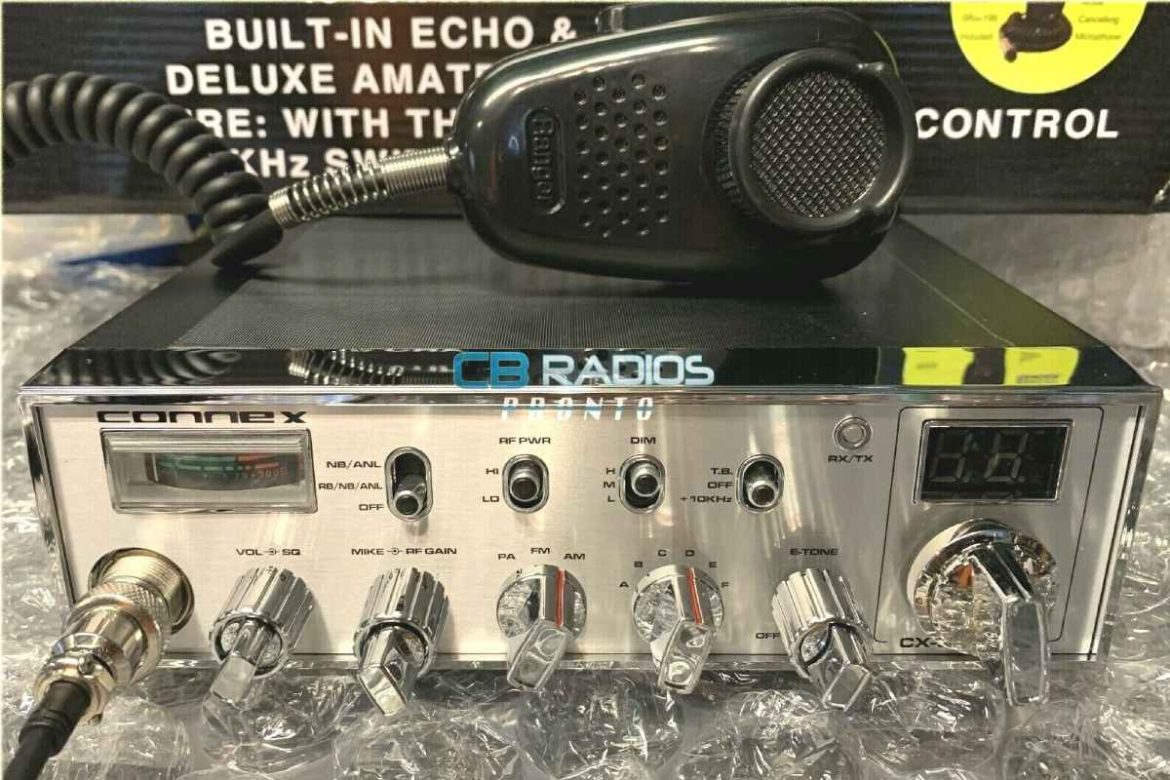In the realm of radio communication, a unique device stands out for its versatility and accessibility. This device, known as the 10-meter radio, is a fascinating technology that has captured the interest of many radio enthusiasts.
This article delves into the intriguing world of 10-meter radios, providing essential knowledge about this remarkable device.
Table of Contents
1. Understanding The Basics
Before we dive into the specifics of 10-meter radios, it’s crucial to understand the broader context of radio communication. In the realm of amateur radio, or as it’s more commonly known, ham radio, enthusiasts use various types of equipment to communicate with others across the globe. Ham radio is a hobby that combines the thrill of meeting new people with the satisfaction of mastering radio technology.
2. The Magic Of The 10-Meter Band
Having covered the basics, let’s focus on the ’10 meter’ aspect. The term refers to the wavelength of the radio waves that these radios use. This wavelength falls within the radio spectrum’s High Frequency (HF) range, known for its excellent propagation characteristics.
3. Why Choose A 10-Meter Radio?
One of the main reasons why 10-meter radios are so popular is their versatility. These radios can be employed for various purposes, from casual conversations to emergency communication. Additionally, the 10-meter band is accessible to all classes of amateur radio licensees, making it a popular choice for beginners and seasoned operators alike.
4. Getting Started With Your 10-Meter Radio
Initiating the use of a 10-meter radio is relatively straightforward. First, you’ll need to acquire an amateur radio license. Once you have your license, you can purchase a 10-meter radio from various sources. After setting up your radio and antenna, you’re ready to start exploring the world of 10-meter communication!
5. The Importance Of Proper Operation
While 10-meter radios are exciting to use, operating them correctly is essential. This includes following all rules and regulations set by the Federal Communications Commission (FCC) and adhering to the established etiquette within the ham radio community.
6. Exploring The World With Your 10-Meter Radio
One of the most thrilling aspects of using a 10-meter radio is the ability to communicate with people worldwide. Thanks to the excellent propagation characteristics of the 10-meter band, you can potentially reach other radio operators on different continents, making every conversation an adventure.
7. Equipment You’ll Need
In addition to the 10-meter radio, you’ll require a few other pieces of equipment to get started. This includes an antenna, a power supply, and a microphone or headset. Some radios come with these accessories, but in other cases, you’ll need to purchase them separately.
8. The Art of Antenna Placement
The placement of your antenna can significantly affect the performance of your 10-meter radio. Ideally, your antenna should be placed as high as possible and clear of any obstructions. This will enable it to receive and transmit signals more effectively.
9. Exploring Different Modes Of Communication
10-meter radios can operate in several different modes, including voice (SSB), Morse code (CW), and digital modes like RTTY and PSK31. Each mode offers a unique experience and requires different skills, so don’t be afraid to experiment and find the one that suits you best.
10. Joining The Radio Community
Becoming a ham radio operator isn’t just about using the radio; it’s also about becoming part of a global community. Numerous ham radio clubs and organizations exist that you can join to meet like-minded individuals, learn more about the hobby, and even participate in contests and events.
11. Upgrading Your License
While the 10-meter band is accessible to all classes of amateur radio licensees, upgrading your license can give you access to additional bands and modes. This can introduce new possibilities and enable you to derive even more enjoyment out of your ham radio hobby.
12. The Joy Of DIY
One of the most rewarding aspects of ham radio is the opportunity to tinker with your equipment. Many ham radio operators enjoy building and modifying their own radios and antennas, which can be both fun and educational experience.
13. The Role Of Weather In Radio Communication
You might not realize it, but weather conditions can significantly impact your 10-meter radio experience. Solar weather, in particular, plays a crucial role in radio propagation. Solar flares, for instance, can cause radio blackouts, while geomagnetic storms can enhance radio waves. Keeping an eye on space weather forecasts can help you optimize your 10-meter radio usage.
14. The Value Of Emergency Preparedness
The 10-meter radios aren’t just for entertainment; they can also be a valuable tool in emergency situations. In the event of a natural disaster or other crisis, traditional communication networks may be disrupted. But with a 10-meter radio, you can still send and receive critical information. Many ham radio operators take pride in their role as a potential lifeline in emergencies.
Conclusion
The world of 10-meter radios is rich and varied, offering endless opportunities for exploration and discovery. Whether you’re a seasoned operator or a complete beginner, there’s always something new to learn and experience. So why wait? Dive in and start your 10-meter radio adventure today!


